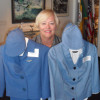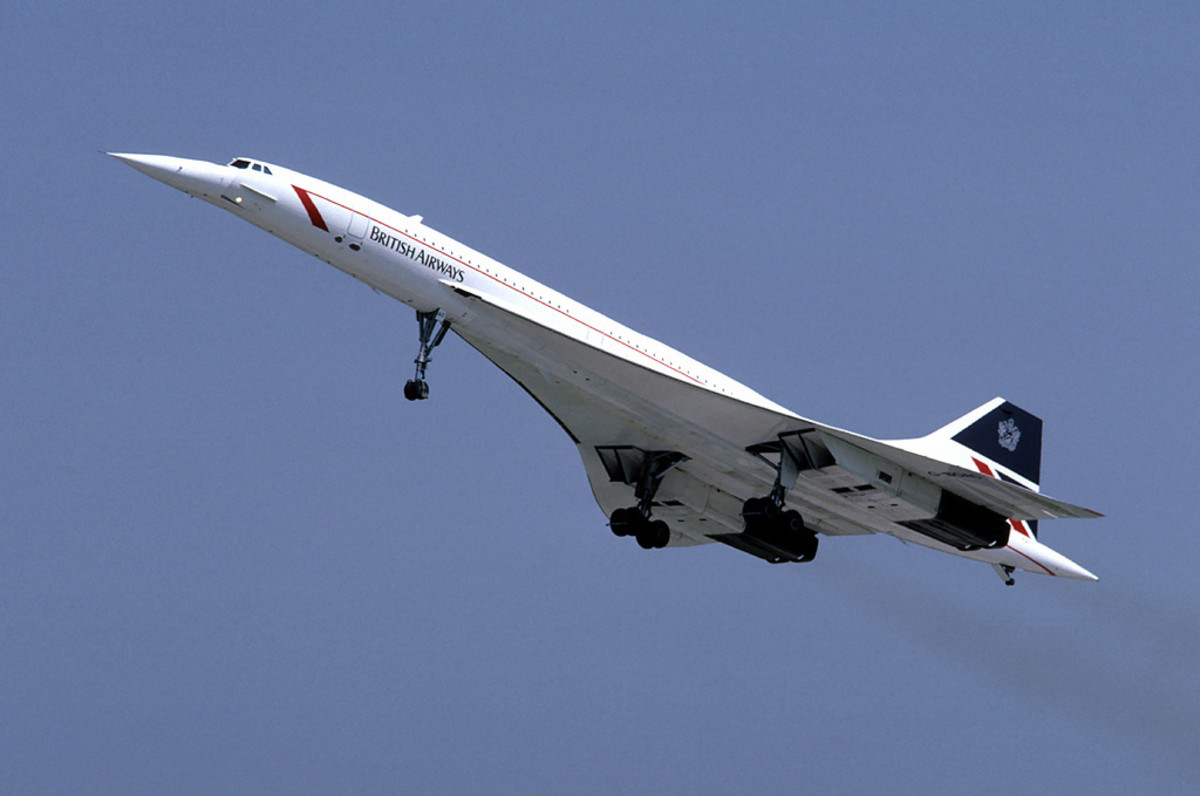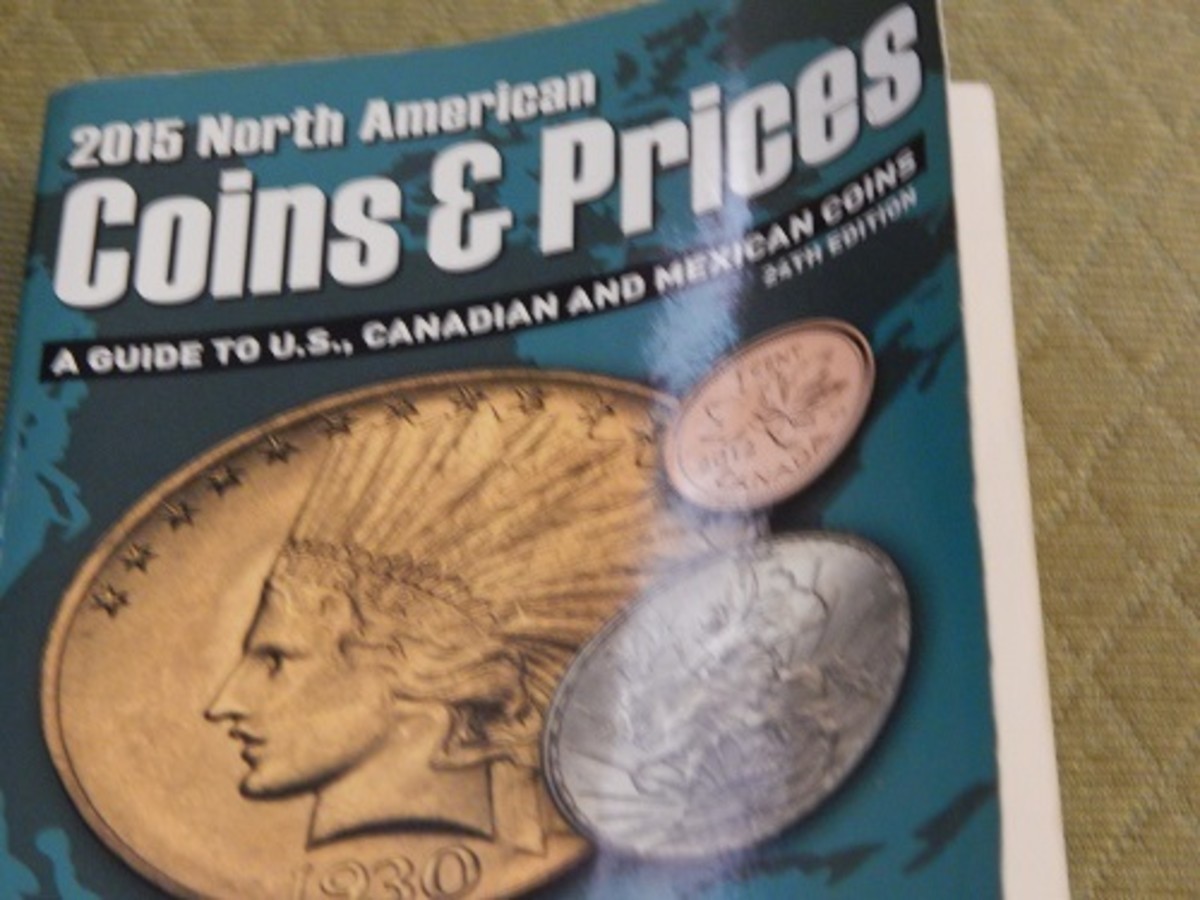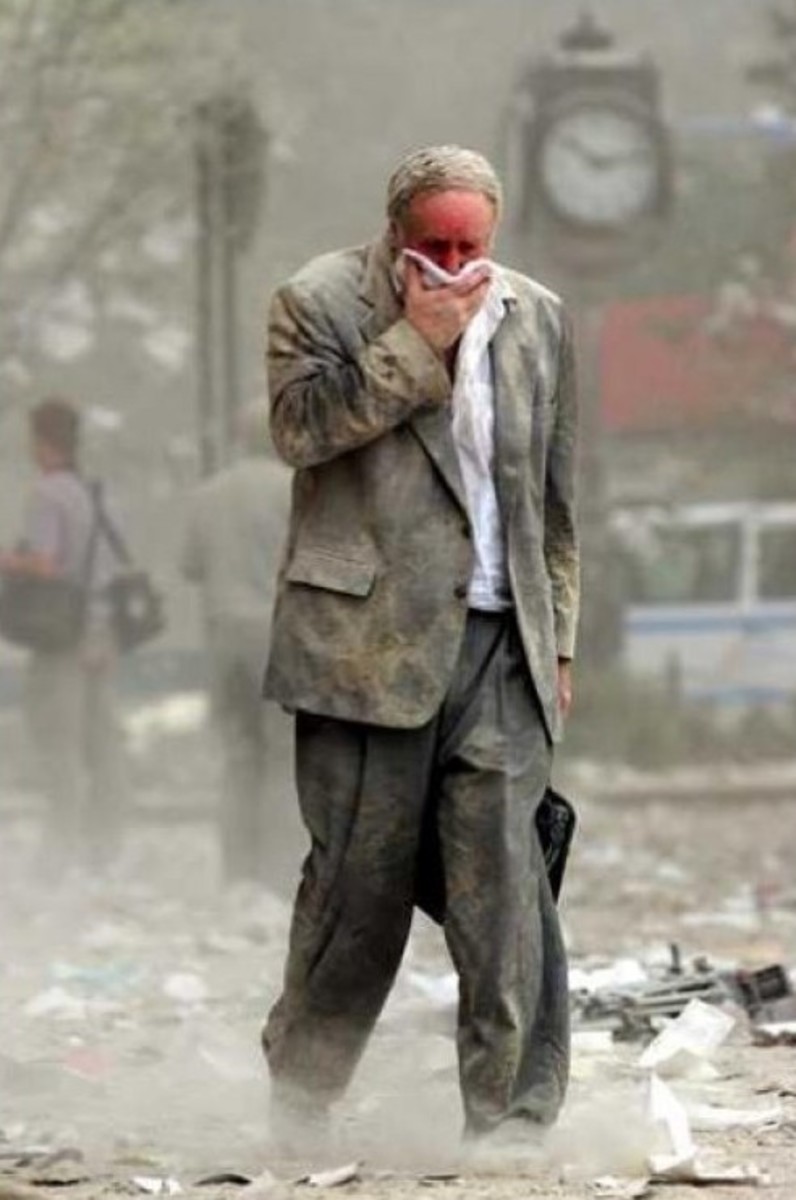Remembering 9-11 - (Part 6 - Clearing the Airways)
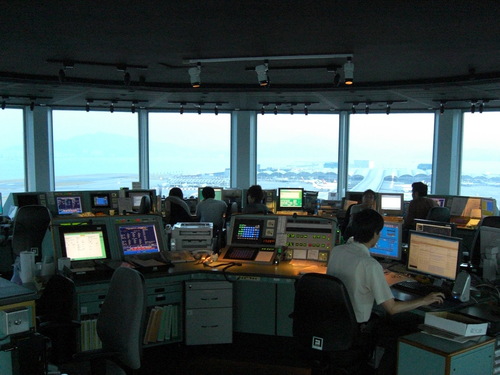
When I started writing about 9-11, my main focus was on the flight crews of the four flights. But as I continued gathering information about that unforgettable day, I found out that not only were our “Heroes 33” forgotten, but also those involved in getting close to 5,000 planes back on the ground quickly and safely. Getting this humongous task accomplished were the air traffic controllers, the flight crews, and many other behind-the-scenes workers, as well the country to the north of us – CANADA. So let’s travel back to that day and see how they did it.
At 9:17 a.m. on September 11, 2001, civil aviation authorities (which included Jane Garvey, head of the Federal Aviation Administration (FAA); Andy Studdert, chief operating officer of the FAA; Ben Sliney, National Operations Center Manager for the FAA; and Norman Mineta, the Secretary of Transportation) were given orders to start closing down the airways. Who actually gave the order is still not clear, but what is clear is that there are many unanswered questions that have either been avoided or hidden so that we the public may never know the real truth of that day. But here is what I have learned.
At 9:17 a.m. all five of the airports in the New York City area were shut down.
At 9:26 a.m. the FAA issued a national “ground stop” preventing all civilian flights from taking off.
At 9:45 a.m. the following 11 words were sent to all cockpits within the United States by air traffic controllers, “EVERY AIRPLANE LISTENING TO THIS FREQUENCY NEEDS TO CONTACT YOUR COMPANY!” (1:1)
Once these words were issued, thousands of pilots began dialing up their company operations centers via airborne communications systems that allowed crews to contact the ground either with email or voice mail. The information the pilots heard was, “Terrorist attacks; deny access to cockpit; get your plane landed as soon as possible!” At this point three aircraft had already crashed, the last being Flight 77 at 9:37 a.m., and Flight 93 was by then known to have been hijacked. It is sickening to think that when this information went out, Flight 93 was still airborne being piloted by a terrorist named Ziad Jarrah.
Within 20 minutes, 500 airplanes had safely landed within the United States. Imagine how much of a team effort it was for the crews to get these airplanes down – the pilots coordinating airfields and routing while the flight attendants ended services and made the cabin ready for landing. Airplanes were diverted to the closest, safest airfield, and within an hour, 75% of the U.S. aircraft (3,339) were back on the ground. (Source: Atlantis and the Earth Grid, Dec 23, 2009.) But the crews’ work continued as many airplanes had touched down in unfamiliar territory. The crews worked on calming the passengers, and once they were deplaned, helped local ground staff with transportation and lodging accommodations. School gyms and church buses became instrumental in caring for thousands of stranded passengers flying that morning.
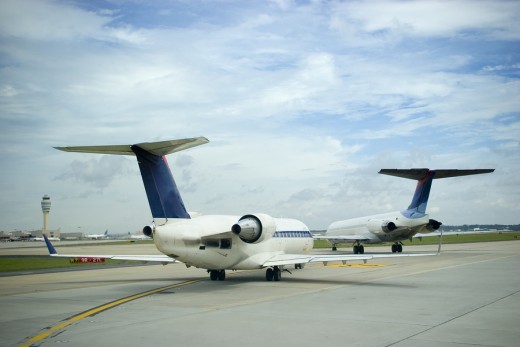
At 10:31 a.m., the FAA ordered that all transatlantic flights be diverted to Canada. With this order, our northern neighbors went into action. Without their incredible help, there could have been more disasters that day.
It started with an operation called “Yellow Ribbon” (OYR). OYR began by closing Canadian airways to domestic traffic in order to accommodate the inbound international flights that were more than half way along their routes to the U.S. or Canada. In all, there was close to 500 planes, and 255 of them were U.S. airlines. On the East Coast, the provinces taking care of the transatlantic flights were Newfoundland and Labrador, Nova Scotia, and Ontario. British Columbia and Alberta took care of most of the Pacific inbounds. Halifax, Nova Scotia, had the most planes land there – 47. Vancouver, British Columbia had 34 and Gander, Newfoundland, had 39. Two airports had only one wide body aircraft land: Deer Lake Airport in Newfoundland and Yellow Knife in the Northwest Territories, only 250 miles south of the Arctic Circle. There are many stories told of the incredible kindness and generosity of the Canadian people (which I will cover in another article).
Making “Operation Yellow Ribbon” so successful were two organizations. The first was Transport Canada, the government department responsible for all of Canada’s transportation regulations, policies and services whose headquarters is located in Ottawa, Ontario. The other was Nav Canada, a nonprofit privately run company, with 2,000 air traffic controllers, 800 flight service specialists and 700 technicians. I’m sure many of these 3,500 employees had an incredibly tense day that September morning.
How loving and understanding our northern neighbors were during our time of crisis, shutting down their own aviation system to accommodate our needs in this first major terrorist attack on our homeland. They opened their arms, their communities and their homes unconditionally and gave us 17 different places to land our aircraft. Thank you Canada! Your people were there for us all the way.
Finally, a huge “Thank you” to our U.S. air traffic controllers that were working that day to bring so many airplanes safely down so quickly. Considering the epic task given them that morning, they came through with flying colors.
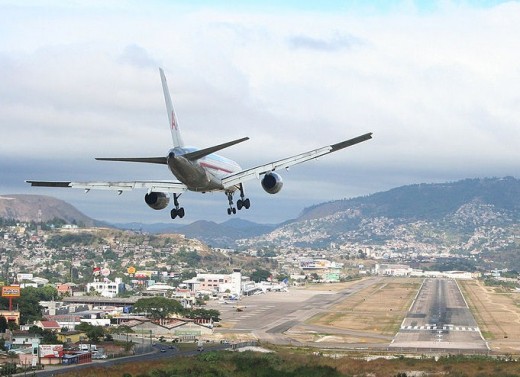
By 3:30 p.m. EDT our U.S. airways were silent and empty. In this quiet, thousands were reflecting on the life changing stories that had occurred that day.
(Note: Source for events and times were from the following references:
1. September 11: Chronology of terror, CNN.com, 8/12/02
2. FAA controllers detail Seep 11 events, AP, 8/12/02
3. VAA chapter 15 News Archive, vaa15.org
